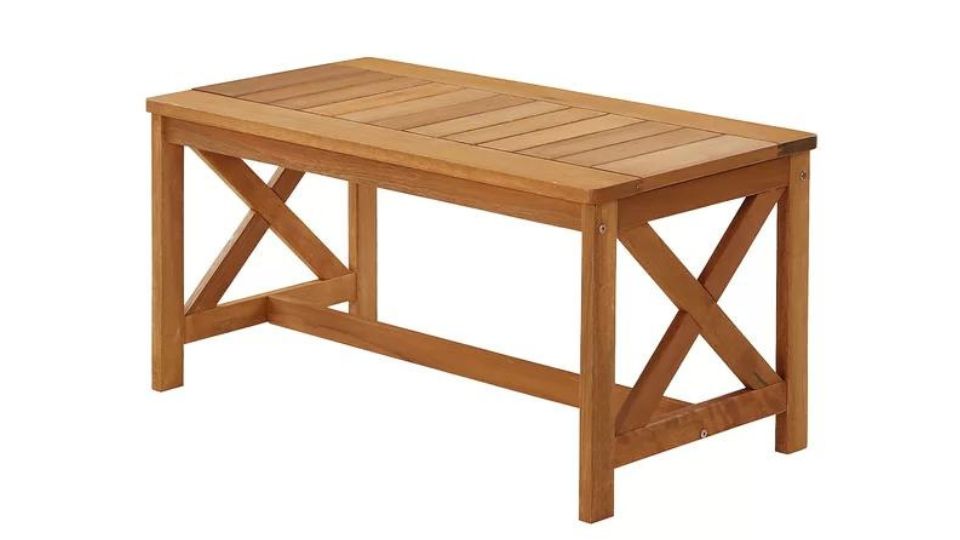Image: The tallest tree in the tropics, a Yellow Meranti tree found in Malaysian Borneo | Credit: Mongabay
What is meranti timber?
Meranti (Shorea spp.) is a tropical hardwood grown in South East Asia, such as Malaysia, Thailand and Indonesia. There are five groups of meranti timber, distinguished based on the color of the heartwood: dark red meranti, light red meranti, white meranti, yellow meranti, and balau.
Light-red and dark-red meranti are the most common to be stocked in the UK and due to the red to brown range of colours this wood is nicknamed the `Philippine Mahogany’, despite not being related to mahogany.
In the right conditions, the meranti tree can reach heights of 200′ with a 6′ trunk diameter. Meranti produces medium-to-coarse textured wood with a grain that is slightly interlocked.
What is Meranti timber used for?
Meranti veneer is used for cabinets and plywood, while meranti lumber is used for furniture and moldings. Untreated meranti is not suitable for outdoor projects.
However, thermo-treated Meranti is perfect for cladding, outdoor kitchens, specialist slatted fencing and decking (treated softwood deck 5-10 years).
How do we thermo-treat our Meranti hardwood?
We place our kiln-dried Meranti timber into a pressured chamber where it is pyrolytically heated to temperatures above 170 C and pressure between 6-9 bar. The entire process takes up to 30 hours and after completion, the final moisture content is around 4-6%. This change to the moisture content, results in enhanced dimensional stability and a lighter weight, making thermo-treated Meranti ideal for cladding.
Why thermo-treated Meranti?
- Class 2 Specification Durability
- Enhanced stability minimal movement after thermo-treatment
- Easy to machine
- Weather, rot and fungi resistant
- FSC / PEFC certificated
By thermo-treating Meranti hardwood you increase durability, changes to the cell wall structures of the wood increase the durability to class 2, and with a density of 420 kg/m3, it is equivalent to Western Red Cedar [class 3 durability]. Thermo-treated meranti timber is also a lot more cost effective than Western Red Cedar. When used for cladding, it is thought to have a life expectancy of 50 years or more with the right care.
Thermo-treated Meranti timber is also weather and rot resistant. And with the treatment resulting in the breakdown of hemicellulose (sugar chains) this means that fungi is unable to thrive. Additionally, thermo-treated Meranti is a great alternative to Cedar and Siberian Larch that is currently unavailable due to being a Russian product.
The treatment also creates a beautiful hardwood that is easy to machine and leaves crips arris edges. Thermo-treated Meranti hardwood is available in longer lengths up to 5 metres and is free of defects. The treatment creates a uniform colour which enhances woodgrain and results in a smoother finish after varnishing or painting. We are able to offer Meranti in a variety of surface finishes.
To discuss your next project and to order a sample of our thermo-treated Meranti, then please get in touch.
WL West & Sons Ltd is a timber merchant and sawmill business with 150 years of experience. We provide a wide range of air-dried oak and kiln-dried oak timber products and supplies. We also build and install custom projects for our customers.
Our wood products, building materials and certified wood are manufactured and sold with the endorsement of forest certification and the Forest Stewardship Council FSC
For more news, tips and updates, follow us on Facebook, Twitter, or Instagram.
For entirely finished products, timber supplies or woodworking tools, have a look at our Retail Shop.



